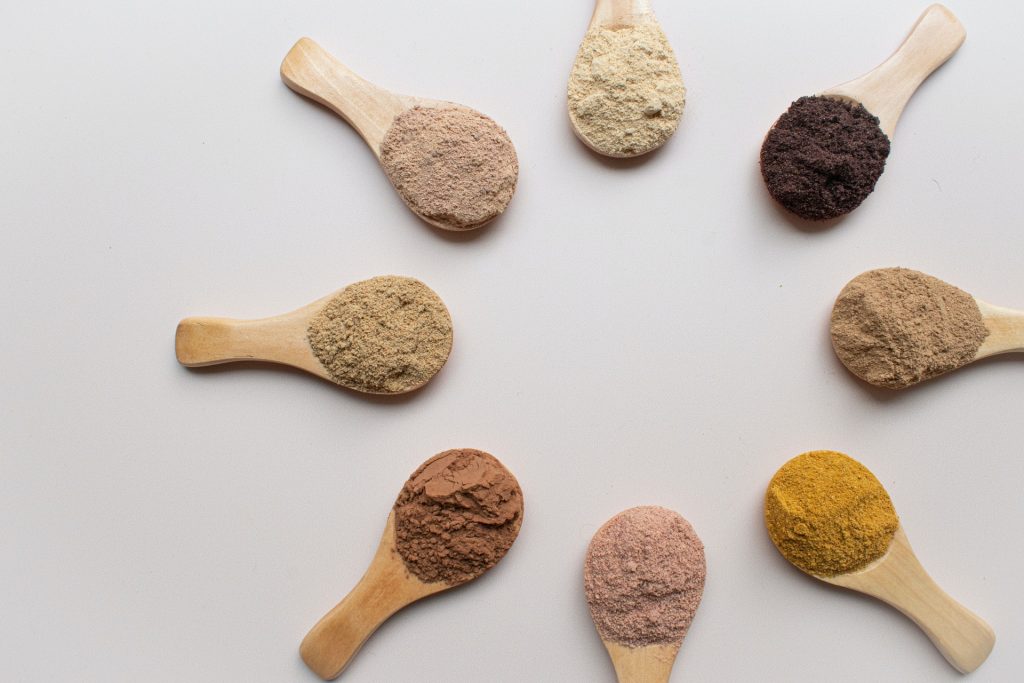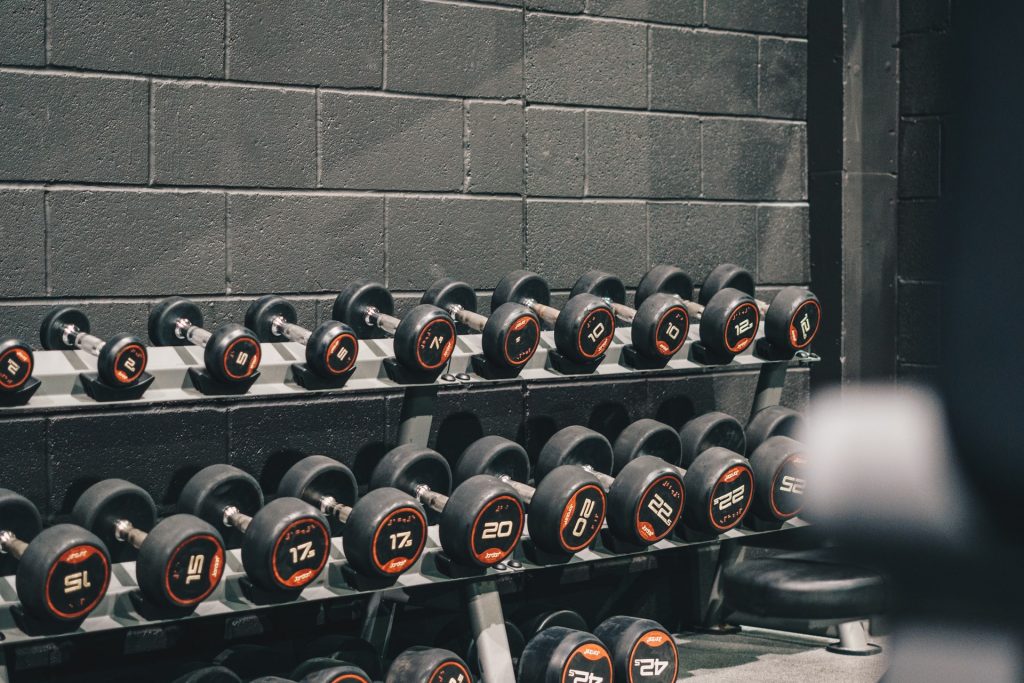Injections of steroids are an effective treatment option for patients suffering from persistent shoulder pain.
If the physician determines that steroid injections will be beneficial to the patient, they will almost always employ a lateral technique to inject the subchromial area. This is especially the case when the patient has issues with their rotator cuff.
When actually inserting the steroid into the shoulder joint, the physician may choose to employ either an anterior or a posterior method depending on the circumstances.
However, administering these medications via direct injection is somewhat unusual, more about steroids here. Steroids, when used correctly and in conjunction with physical therapy, should be looked of as a sort of “Band-Aid” for the shoulder pain. This is the ideal way to think about them, as they should be considered as only offering temporary relief. Steroids will, in this way, provide patients with a temporary period of time during which physical treatment will have a greater chance of being effective.
This is mostly due to the steroid’s potent anti-inflammatory properties, which, for a limited amount of time, will alleviate the patient’s pain to an acceptable level so that treatment can be administered.
Steroids can exert more than one effect on the body. Because of their anti-inflammatory properties, they frequently alleviate the discomfort associated with inflammation in the affected area. Additionally, and more accurately speaking as a side effect, they will result in the breakdown of protein.
Injections of steroids almost always carry the risk of developing problems.
It is possible to have an excessive amount of steroid injections into a shoulder if the shoulder is targeted. Recent studies have shown that receiving more than three steroid injections in the shoulder can make the subsequent surgery to restore the rotator cuff more challenging for the patient. This research was published in the journal Shoulder and Elbow Surgery.
When it comes to making a decision about the usage of steroid injections, one should keep in mind that these medications can be a useful resource provided that they are administered in the correct manner. They have the potential to be an extremely useful instrument in the process of relieving shoulder discomfort when employed in conjunction with physical therapy.
In addition, the physician will provide the steroid injection under sterile settings so that no germs are introduced into the joint region. This further reduces the likelihood that there will be a problem as a result of the treatment. When one considers the fact that small levels of steroids are naturally created by the body, it is important to keep in mind that all of this information indicates that one should not be overly concerned when a physician proposes the usage of steroid injections.
In contrast to oral steroid medication, steroid injections into the joint are completely risk-free and do not cause any systemic adverse effects.
Steroid injections, for those who are concerned, do not normally cause a large rise in the amounts of sugar that are found in the blood. Infection, bleeding into the joint if the needle goes through a significant blood vessel, and ulceration of the skin can occur if an excessive amount of steroid is injected closely underneath the skin during a steroid injection in the shoulder.
These are all potential adverse effects or side effects of the steroid injection.
Additionally, there is a possibility of fat trephine under the skin, which, in essence, leaves a depression in the contour of the area in where the steroid was injected. In addition, there is a risk of tendon rupture, as well as a general weakening of the structure that is being treated with the steroid.






